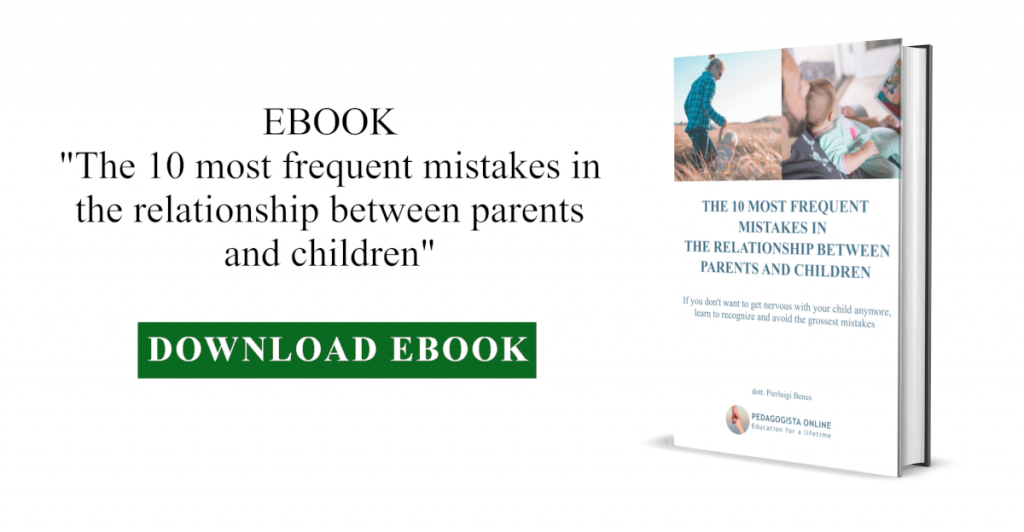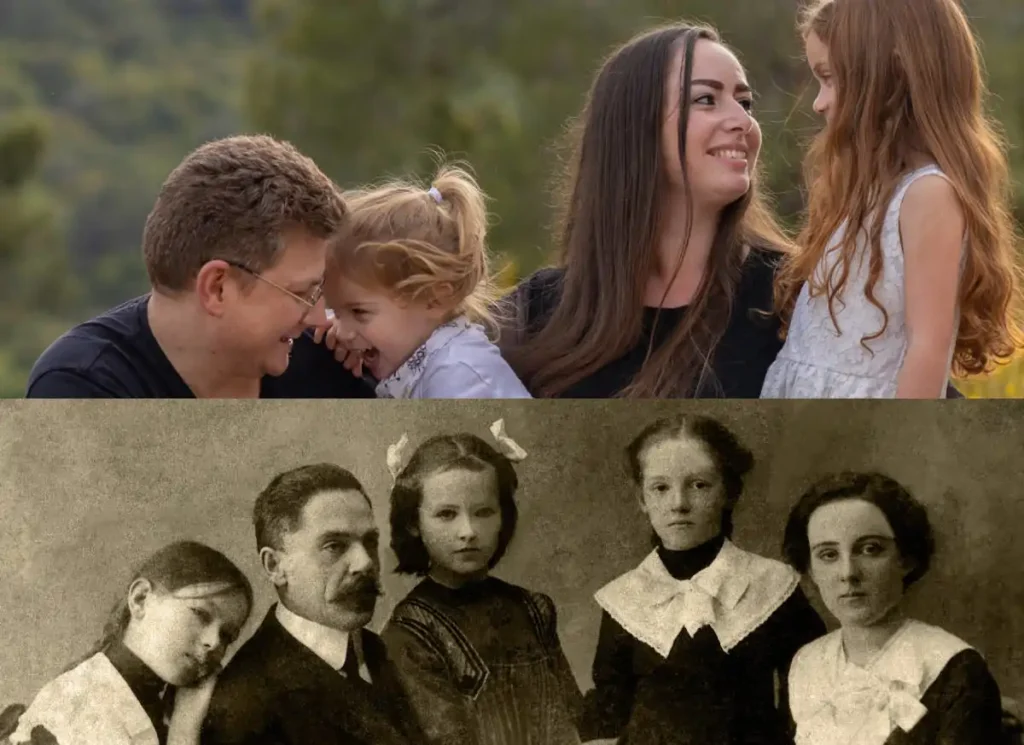Violence against women and femicide are sadly recurring topics in the daily news of recent years. Episodes of gender based violence have always existed, but perhaps now there is greater attention to these phenomena, at least on the part of the media.
We constantly read stories of men’s violence against women, girls, and even children. The most appalling thing is that often these men and their victims are relatives: they are husbands, partners, or fathers of those people. They have “emotional” bonds or even are responsible for their care and development.
Very often these are unsuspected individuals, men from whom you would never expect to read such things in the newspapers; people without particular economic problems, perhaps even affluent, with a stable profession and an entirely ordinary family.
In fact, it is also very difficult to understand the meaning of those destructive acts, and often no information seems to explain clearly what may have been the meaning of such an extreme gesture. The reason is that this meaning is probably to be found within the personalities of particularly fragile men; furthermore, in recent years that fragility has emerged as never before.
In Italy, the sad phenomenon of violence that leads to the murder of a woman has taken on a specific denomination, we speak of «femicide». Elsewhere, the term is predominantly included in the broader category of gender based violence. I do not want to downplay the seriousness of all gender discriminations, but now I want to focus on those that involve women.
1. Femicide: what is gender based violence
Let’s start by clarifying what «femicide» is, which is the murder of a woman simply because she is a woman.
It is an extreme form of gender based violence, which arises from a marked inequality between men and women, rooted in the culture and history of many countries around the world.
It is a widespread phenomenon in many countries, although exact figures are difficult to obtain, as many victims are not reported or are not identified as femicide.
Furthermore, femicide does not only concern the direct victims, but also families and communities who suffer the pain and trauma of losing a loved one in a violent and apparently senseless way. Essentially, a high rate of femicide can also be considered an indicator of a sick society, where women are not considered and valued as full human beings.
Femicide is therefore a social phenomenon. It is something that goes beyond physical violence against women, but represents a threat to the entire society. Only through an integrated approach supported by all the actors involved in a territory, it is possible to reduce the weight of gender based violence and build a fairer society. Now let’s get into the possible causes.
Femicide: what causes gender based violence
As I explained before, femicide can be considered a social phenomenon, but we can say more than that; it is a complex phenomenon that has deep roots in culture.
There are many possible causes that can contribute to the occurrence of this type of gender violence, and it is not possible to easily identify a specific cause. Undoubtedly, some of the causes most frequently indicated concern widespread gender discrimination, sexist education, and men’s control over women.
However, one of the most likely causes of femicide can be sought in the patriarchal culture that still permeates many societies today. When I say patriarchal “culture”, I mean it in a broad sense, even where there is formally a system of laws that admits complete gender equality, since often that equality is not effectively applied.
Having had the fortune of studying with an enlightened pedagogist like Prof. Franco Blezza, I already had a very clear idea in the early 90s of the causes that underlie gender based violence phenomena: the fragility of today’s male. Blezza’s analysis of the transition from the culture that in the 19th/20th centuries guaranteed absolute protection of the male gender with detriment of female one, to the current culture that no longer guarantees males all the freedoms of the past, is masterful.
In his most prestigious text, Education 2000 (now Education XXI century), thirty years ago Blezza warned about the risks of an educational model that for two centuries has produced fragile males. Today we see the effects of this, also and especially in the phenomenon of gender violence.
In simple terms, the male gender has grown for centuries within a culture in which it has found hyper-protection, defense, and enormous advantages compared to the female world. Now this no longer happens so systematically, and when it does not happen, it creates strong discomfort in men because they are not culturally predisposed to interact with women on an equal footing.
Therefore, men must begin to be educated towards gender equality. Not only for a civil issue but also in the interest of personal fulfillment opportunities and self-determination of the male gender. Other aspects at the base of gender violence could then be mentioned, such as the perpetuation of discrimination within the same family, but also from religion, the media, and institutions; or the lack of respect for women’s lives and autonomy; or the weight of many socio-economic factors, such as unemployment, economic insecurity, or instability. But these are subsequent aspects that amplify its effects.
Consequently, in the face of a cultural problem, a cultural response is needed: a new way of thinking.
3. A thought on femicide to increase gender based violence awareness
Among the many data points that can be found on gender-based violence, albeit partial, there is one that struck me a lot: for all the women murdered in Italy in 2021, therefore recently, the perpetrator was identified.
I don’t know if this has a certain effect on you too, but personally, I find this data singular; especially since almost 60% of these homicides occurred within the couple relationship, by the partner or ex-partner. This aspect shows how visceral the instinct behind that dramatic gesture was, as none of those murderers cared to hide or profit from the damage done to the victim and all other involved people: the goal was simply to end a life.
As I write this, I get goosebumps because I try to empathize with the insane and fragile mind of a man who reaches the point of killing a person, his own partner, often the mother of his children. In many cases, even the children themselves were victims of the same man.
I believe that an explicit and widespread way of thinking on femicide is needed, which permeates society and allows increasing people’s awareness of gender based violence present in many communities. A different way of thinking about women and their role in society must permeate culture and institutions more massively.
I am a very practical person and I don’t want to give you generic ideas, but to explain what can and must be done concretely to reverse the trend in all those societies that need to grow from a civil point of view. Therefore, I want to give you an idea of what the characteristics of this conscious thought can be and how a possible useful path can be undertaken.
4. Gender based violence prevention: how to fight femicide
In this interesting post there is a very concise and effective set of examples on how to tackle the issue of gender based violence through small and simple measures.
The starting point for actions against gender violence is based on two principles: a) prevention of gender based violence begins with children; b) gender based violence stems from disrespectful and sexist beliefs and attitudes. You may find this obvious, but this is the essence of the femicide problem and it is what we need to work on to build a thought in contrast to violence. So the simplest and most logical thing to do is the following:
- teach children that violence is never okay
- teach children gender equality
- teach children about respectful relationships
- teach children. Full stop. Everything else is boring.
We need to start with children because it is easier to raise a person in a culture of respect from birth, rather than to change a sick and deeply rooted mentality in an adult’s mind. Of course, we will reap the benefits of this work in just twenty years, but we can start now; and, as the old saying goes, it is better to light a small flame than to curse the darkness.
From this starting point, to combat the phenomenon of femicide, a comprehensive approach which takes into account all facets of the problem is needed. This includes education on gender equality, promotion of laws and public policies that protect women from violence, training of justice and social services operators, creation of assistance centers for victims, and raising public awareness of the severity of the phenomenon.
I suppose you are wondering: «That’s okay, but this takes time; could you suggest something more immediate?» If so, I will answer you right away.
5. Gender based violence and femicide: the most effective solution
Now I will tell you what needs to be done to counter gender-based violence and femicide. Prevention undoubtedly requires a cultural and social commitment to promote respect for women’s rights and to fight gender discrimination in the early stages of a child’s life.
The family would be the first place to implement prevention actions, but disrespectful attitudes are often spread there. However, another place to perpetuate gender-tolerant and respectful behaviors is the set of educational services, particularly those aimed at the 0-6 age group.
It is no coincidence that the UN warns that we should teach and learn from the next generation, because “the examples we set for the younger generation shape the way they think about gender, respect and human rights”. The next generation must be prepared right away, right from the first childhood interactions, which take place also outside the family, in services such as the nursery school and kindergarten.
The nursery and kindergarten are the outposts in the fight against gender violence; in fact, these places are where two strategic aspects can be facilitated:
- Towards children: through play and daily routines, children are put in a position to learn naturally how to interact with others in a respectful way, without any gender discrimination. These healthy behaviors are learned and reproduced by children in all the environments that welcome them.
- Towards their families: the nursery and kindergarten are places where the interaction between educators and children’s families is very strong; there are daily opportunities for relationship, in which educators and teachers have the opportunity to educate families, through simple dialogue, on correct gender-respectful attitudes.
Unfortunately, the relationship with families is often managed without specific attention from operators towards these needs. Instead, it would be enough to orient their interventions towards useful relationship models to sensitize families towards the importance of gender respect.
It is not necessary to invest large resources, it is sufficient to activate projects that allow the diffusion of good practices through normal daily interactions with families. The most important thing is to exploit this enormous opportunity for interaction between school and family, to transmit targeted messages and behaviors of gender respect.
Of course, the same can and must be done in all other levels of education, as well as in all institutional settings involved in the prevention of femicide; and this must be done through project continuity. However, no other service is as crucial as services for the 0-6 year age group.
If what you have read seems interesting and you want to ensure that you manage your parenting role in the best way to raise your child to be strong, you can find in my Guide the basics for a modern and constructive approach to this purpose.















